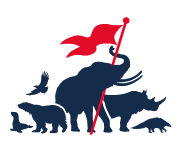Two million species are currently at risk of extinction.
Two million species of birds, mammals, insects, marine creatures and plants are at risk of being wiped out forever as a result of rampant human activity and population growth. It is critical that we consider our impact on the planet as humans and consumers, and that we practice more sustainable ways of living. From reducing your carbon footprint to increasing your support of conservation programs for wildlife, there are many ways to make a real and lasting impact.
If you care about the planet, it is more important than ever to do everything in your power to help protect its precious animals, plants and ecosystems.
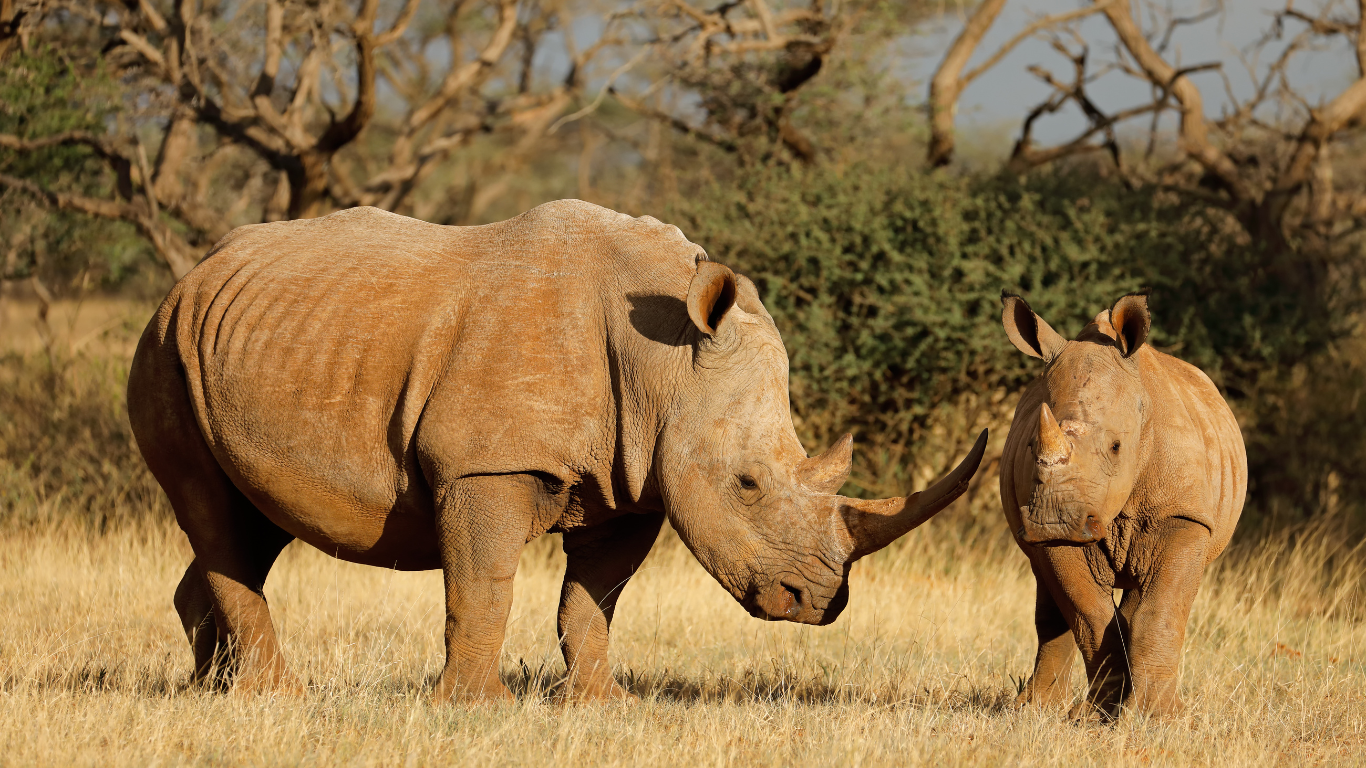
Rhinos
Rhinos are one of the world’s most poached species. Roughly 95% of all wild rhinos have been wiped out in the past century alone, driven by the insatiable demand for their horns.
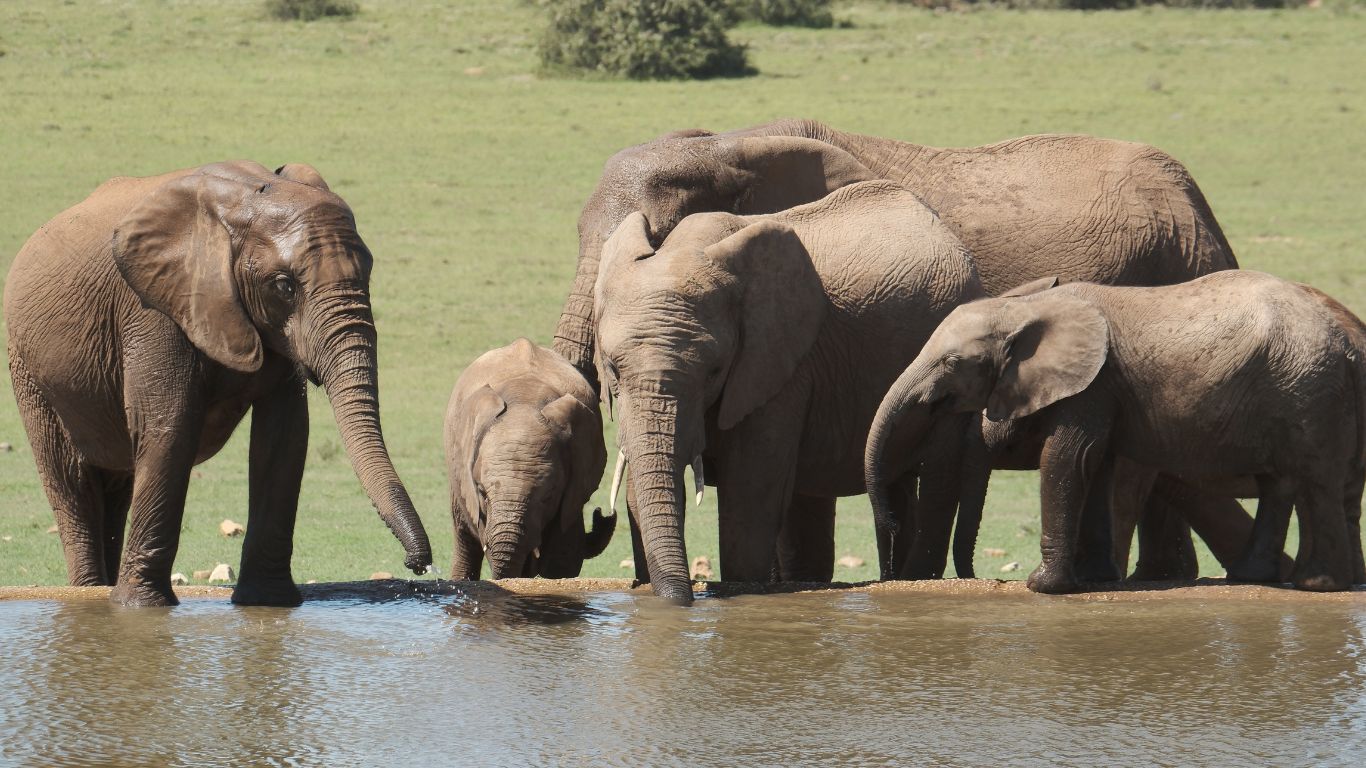
Elephants
A century ago, there were an estimated 12 million African elephants. Today, only 400,000 remain – just 3% of the original population. Poaching is the major driving force behind this decline.
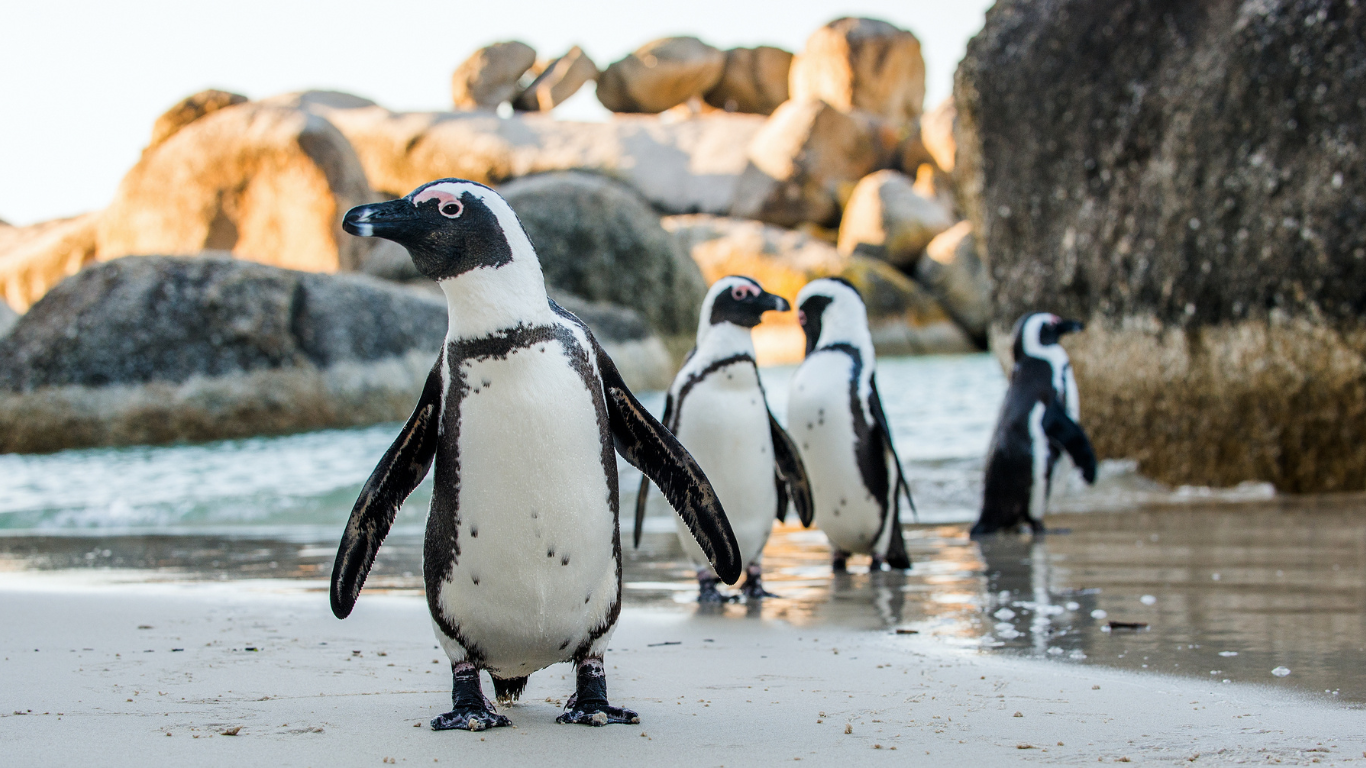
African penguins
The African penguin is now the rarest species of penguin classified and classified as critically endangered, with its population declining rapidly due to a combination of several threats, such as habitat loss, overfishing and climate change.
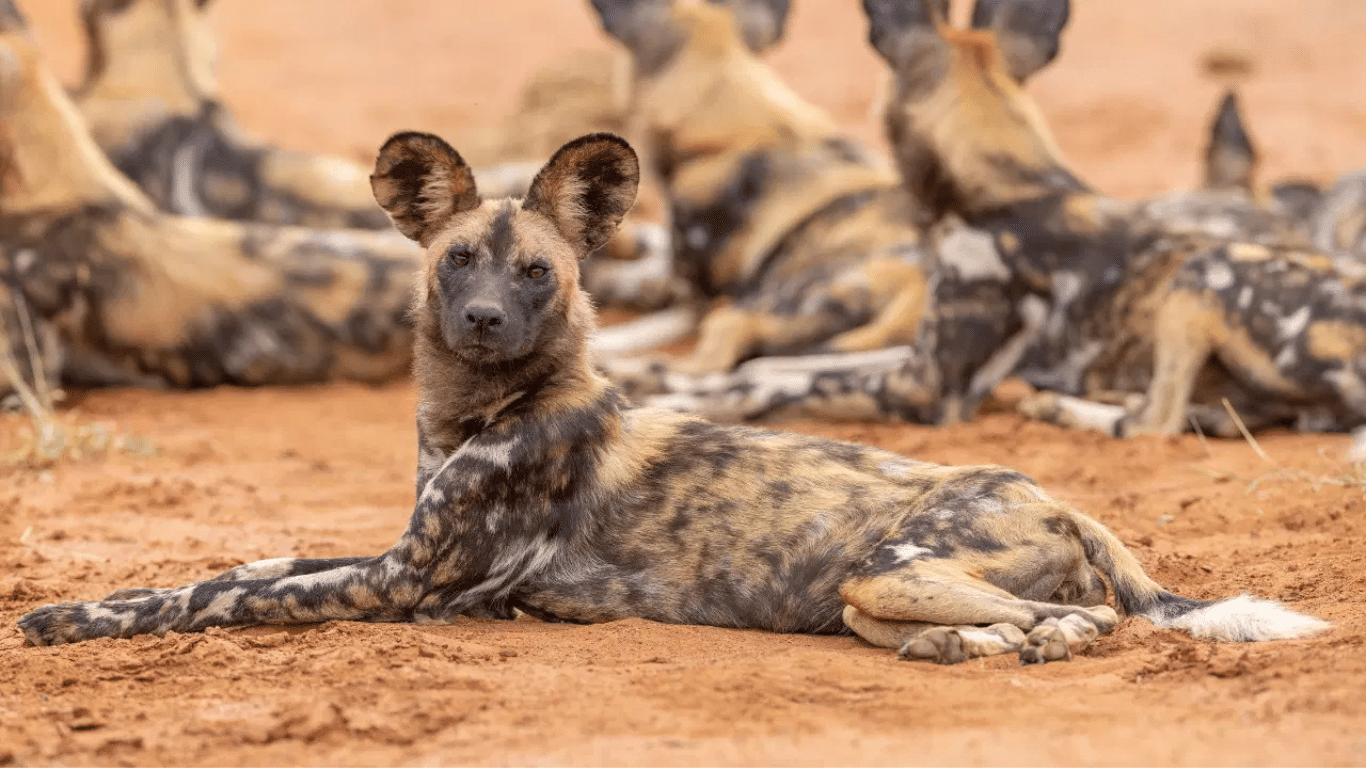
Wild dogs
African wild dogs are facing the serious threat of extinction, and are classified as endangered. Habitat loss, human conflict, and disease are major factors contributing to their decline.

Vultures
Many vulture species are facing a high risk of extinction, with some populations having declined by as much as 97% in recent decades. Poisoning is a major factor contributing to their decline.
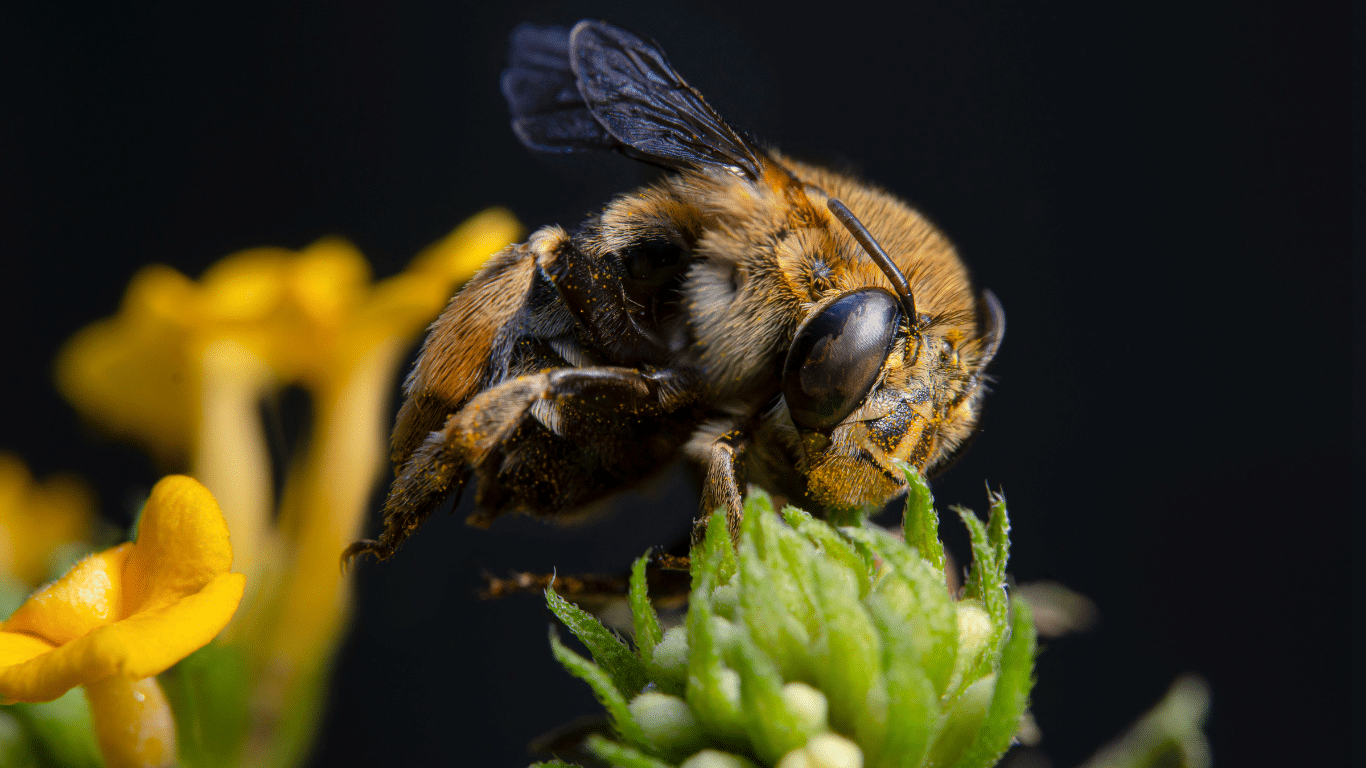
Bees
A significant portion of wild bee species are currently threatened with extinction, due to habitat loss and degradation, pesticide use, climate change and diseases.
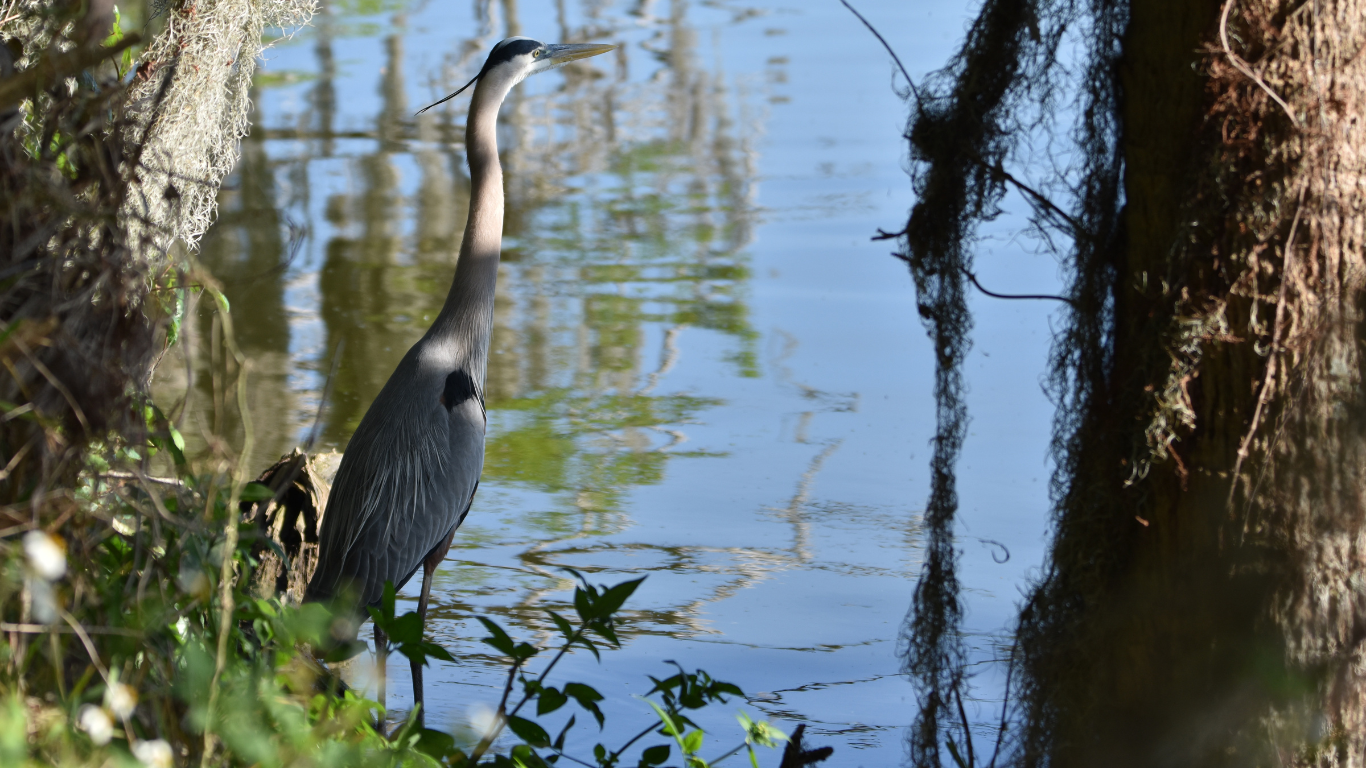
Wetlands
Wetlands are facing a serious risk of extinction, and are disappearing at an alarming rate – even faster than forests – due to various human activities and the impacts of climate change.

Flying foxes
Many flying fox species – a type of bat – are facing a high risk of extinction. About half of the known species have declining populations, with habitat loss, human-wildlife conflict, and hunting being major threats to their survival.
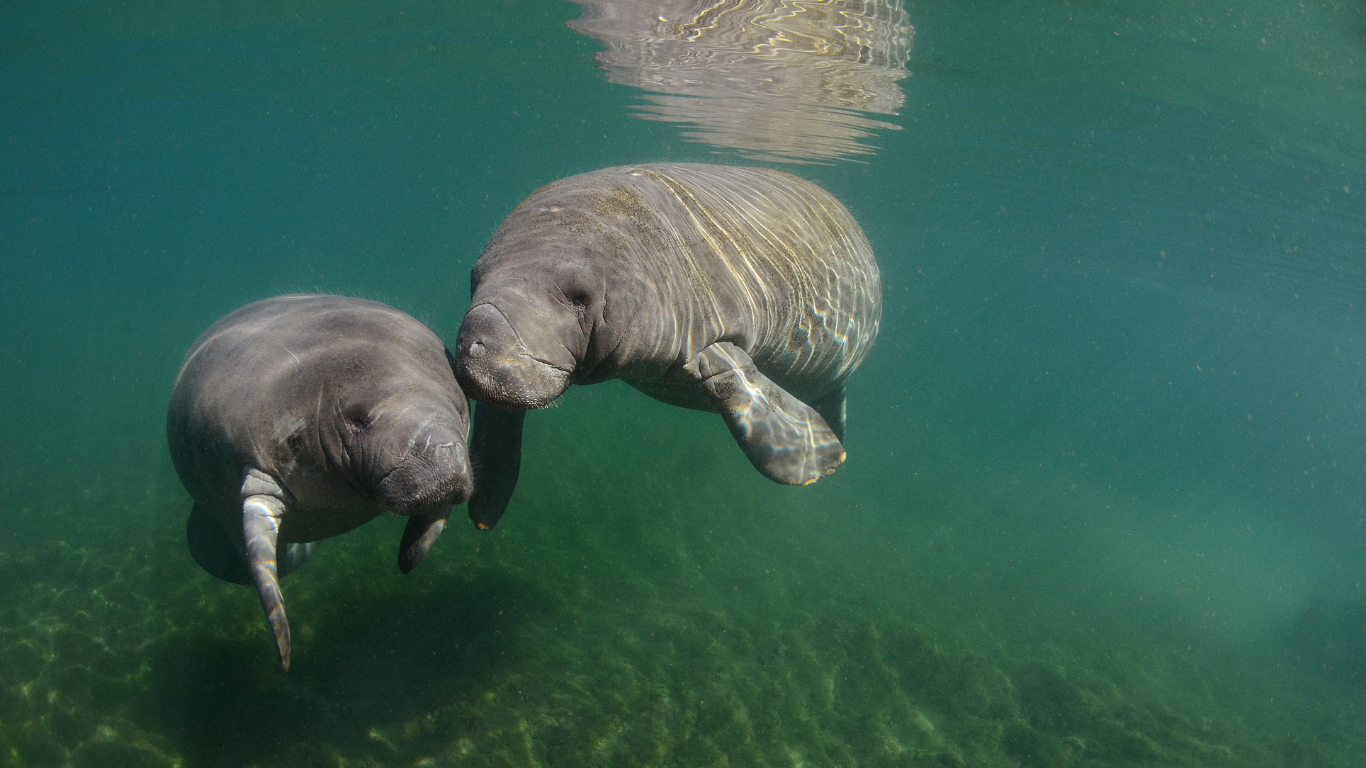
Manatees
Manatee populations have declined in recent years, and as such the species is now protected under the Endangered Species Act. They are threatened by boat strikes, habitat loss, and red tides caused by harmful algae bloom.

Sharks
Many species of shark are threatened or endangered as a result of overfishing, being caught in fishing nets as bycatch, and habitat loss. Their diminishing numbers are compounded by their slow reproductive rate.

Cheetahs
The global cheetah population was estimated at just 6,517 individuals in 2021, with the species facing severe decline across its ranges. Cheetahs are threatened by habitat loss, conflict with humans, poaching and high susceptibility to diseases.
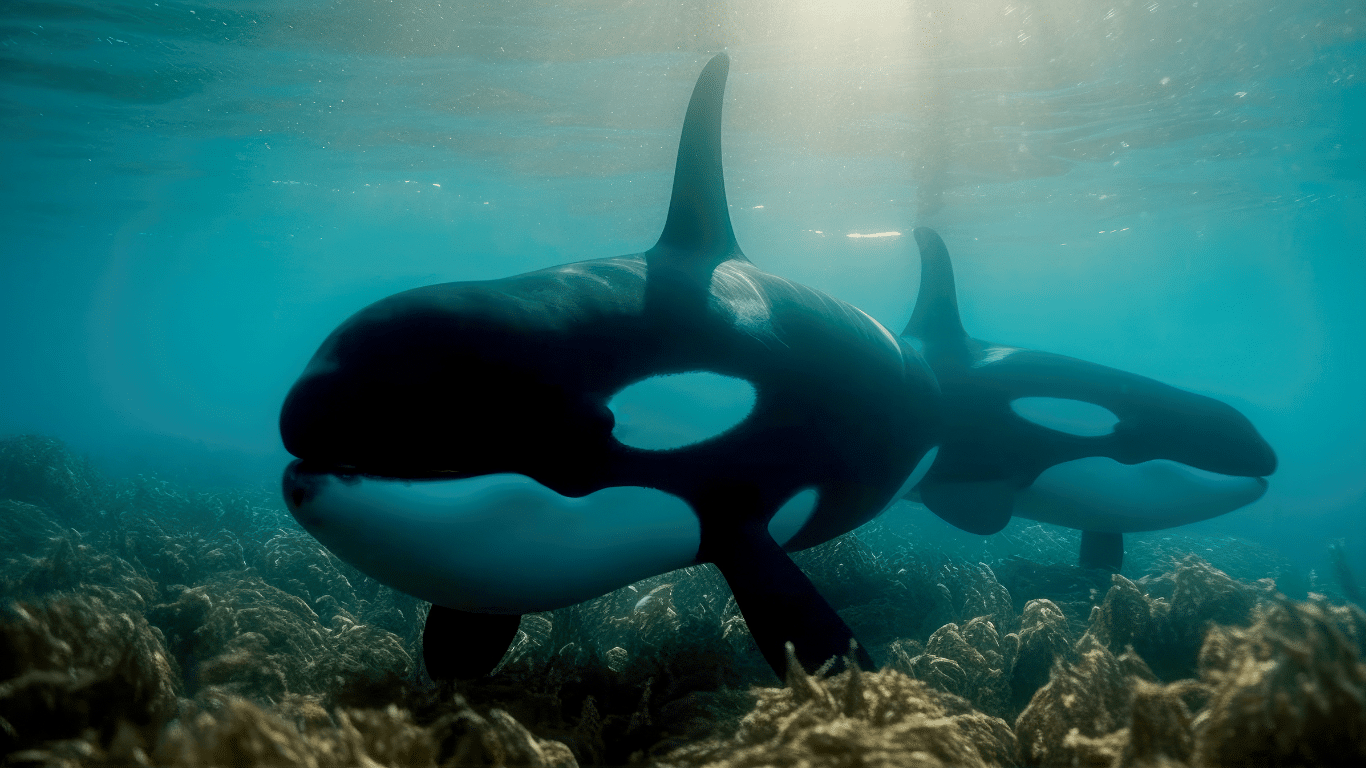
Orcas
Several species of orcas globally are considered to be threatened or endangered, with overfishing and pollution contributing to their decline.
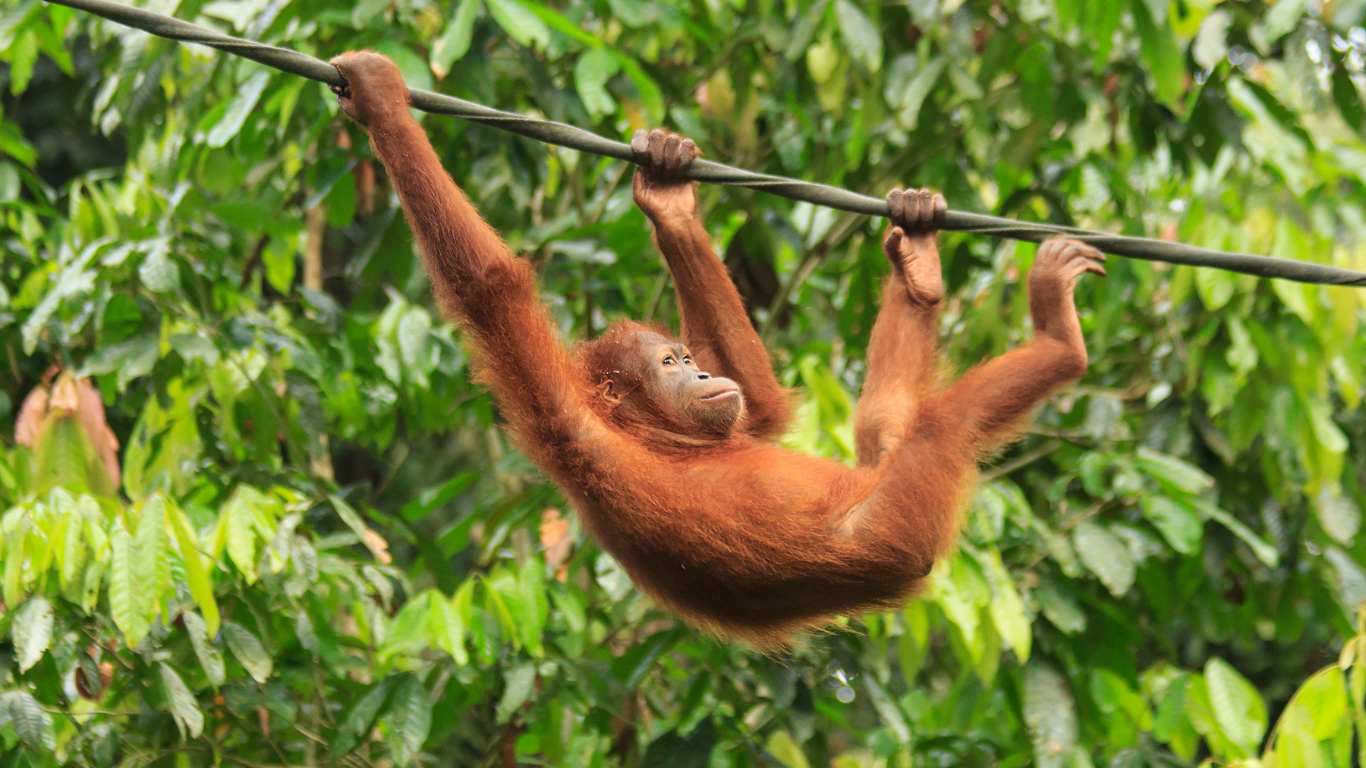
Great apes
Across Africa and Asia, the great apes – including eastern and western gorillas, chimpanzees, orangutans and bonobos – are rapidly losing their natural habitats to human activities.
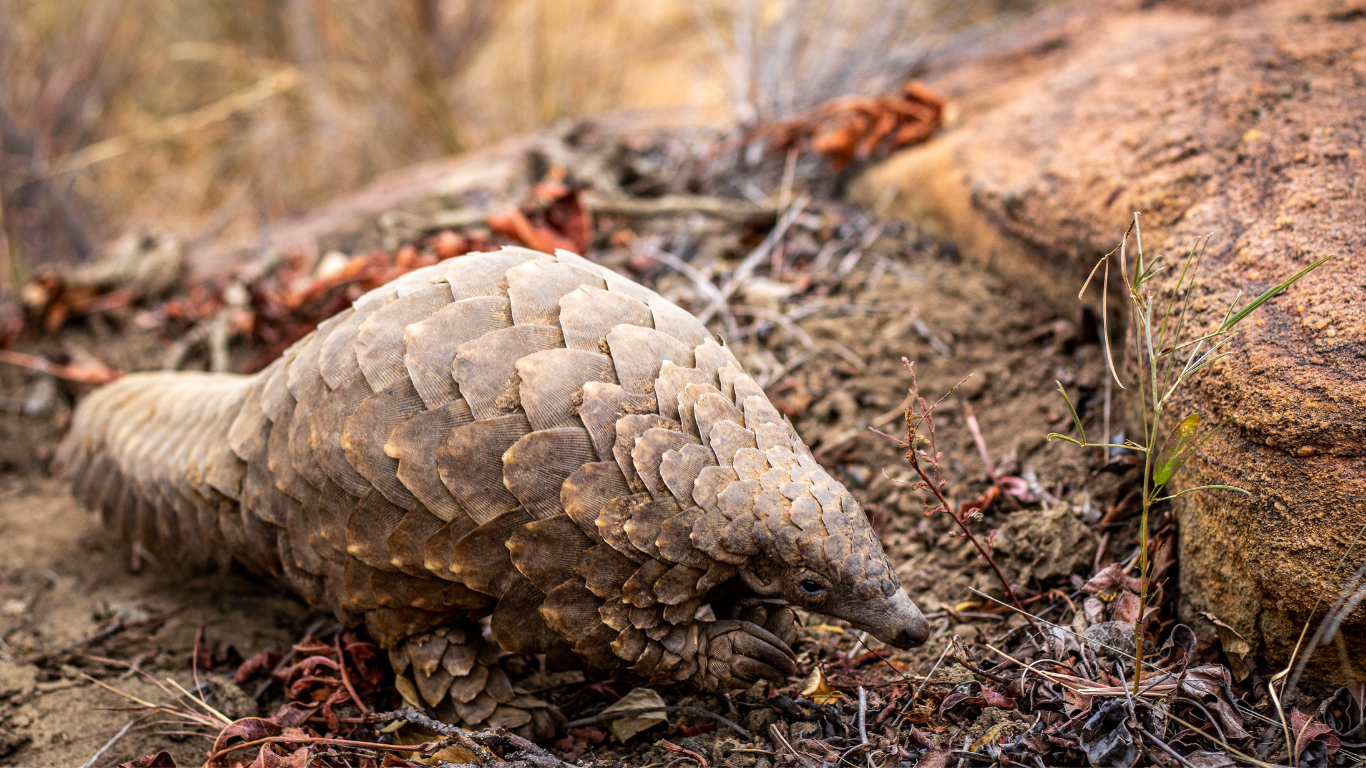
Pangolins
Pangolins are the world’s most trafficked animal, accounting for over 20% of the global trade in animals and their parts. Between 2014 and 2021, over 8.5 million pangolins were poached in Africa and sold on the black market.
